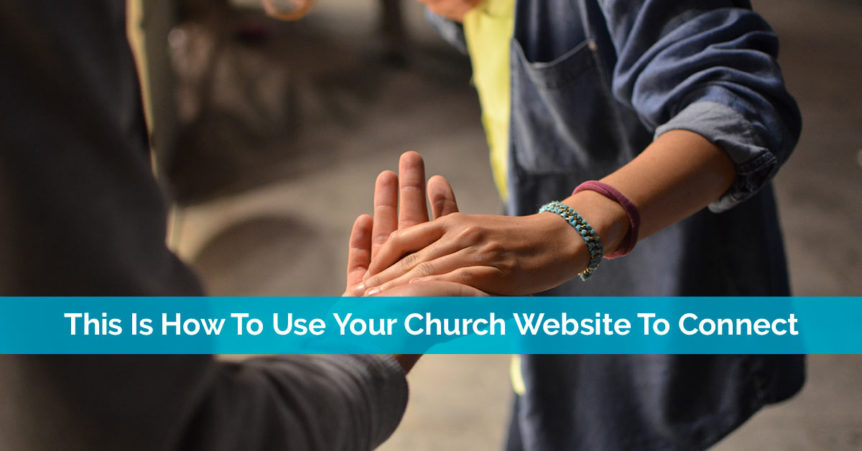Your church website is a great place for listing events, your hours and your location, but it could be used for so much more.
Use your church website to connect to your members, others in your community and even people worldwide. Even those who may live 300 miles away might still think of your church as home, at least digitally.
The key is learning how to use your site as more than a calendar of events. While you might need volunteers to help, keeping an active site is crucial to connecting and engaging in a digital world.
Share Before, During & After Events
Your church website might already have a calendar of events, but if it doesn’t, add one. However, your just isn’t done just yet. Build excitement for upcoming events with short blog posts. When the day arrives, have someone post about it that day or even host a live tweet or Facebook live stream session. Of course, don’t forget to blog about how well things turned out and what ideas you may already have for the event next year.
Reach Out Through Regular Blogging
One of the strongest ways to connect through your church website is via regular blogging. Think of blog posts like informal sermons. People need connections to their faith all through the week. Your blog gives them that extra connection. Plus, it helps your search engine rank, which allows you to connect with even more people.
For better growth and engagement, try to blog 3-5 times a week. Keep them high-quality. For smaller churches, you might not have that much time available. Post 2-3 times a week, which is much easier to maintain.
Not sure what to blog about? Try the following lists to spark your creativity:
Offer Online Prayer Requests
The worst things happen at the worst possible times. It’s not always possible for someone to go to church, contact their pastor or even reach out to a fellow church member when they need someone to pray with. This is where online prayer requests can help. Plus, it’s a great way to connect people with your church website.
Online prayer is becoming more popular. Add a section to your site to request prayers. You can even add statistics to show people how many others have responded to the request.
Provide A Forum For Open Discussions
Forums aren’t the easy feature for churches to implement. They’re one of the most time consuming things to maintain on a site, especially as you gain more traffic to your site. On the other hand, they’re great for building communities on your site and allowing everyone to connect, both members and non-members.
You’ll need several volunteers ready to help moderate and keep out spam and inappropriate posts. When moderated well, visitors use your forum to ask questions (great for blog post ideas), request prayers, talk about personal experiences and make new like-minded friends.
Ask Weekly Questions
Something fun to do with your blog each week is to ask a weekly question. Sometimes standard blog posts don’t encourage visitors to comment. Instead, give them something to respond to. Ask personal questions, such as their weakest moment and how they overcame it. Ask how they feel about a current event. Ask how they interpret a certain scripture.
You could even just ask for opinions on what your church should do for your next holiday event. The idea is to get people talking. For best results, make sure you link to these posts on social media too.
Upload Study Guides Along With Sermons
You may already be uploading your sermons to your church website, which is an ideal way to connect using your site. However, take it a step further by uploading study guides to explore the sermon topics further. This ensures visitors take the time to truly think through what you’re talking about.
If you want to take it a step further, also provide Bible journaling prompts. These can work alongside your sermons and allow people to get creative with how they explore their faith. Bible Journal Love offers regular free prompts and decorative pages.
Ensure Your Site Is Mobile-Friendly
Unless your church website is mobile-friendly, all your hard work will go to waste. Mobile is even more popular than desktops. Make sure visitors get the best possible experience on site by using a responsive design to work on all devices. After all, a great first impression means visitors are more likely to stick around to see all the amazing things on your church’s site.
Is your church’s website ready to start connecting with visitors? Try our free website analysis today to see if your website has room for improvement.




